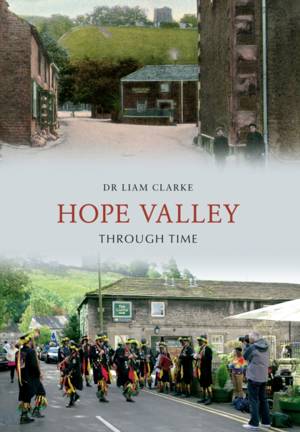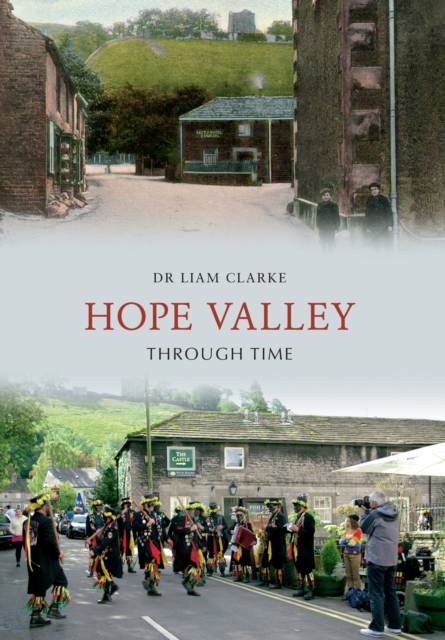
- Afhalen na 1 uur in een winkel met voorraad
- Gratis thuislevering in België vanaf € 30
- Ruim aanbod met 7 miljoen producten
- Afhalen na 1 uur in een winkel met voorraad
- Gratis thuislevering in België vanaf € 30
- Ruim aanbod met 7 miljoen producten
Zoeken
Omschrijving
Travelling around the Hope Valley has always been a challenge and usually involved rudimentary tracks or just paths to individual farms. Even by the late seventeenth century most of the roads were impassable because of snow in the winter and in spring they were subject to flooding as the snow melted. Transport was by horse and packhorse, and was often easier on the high dry ground than on the lower mires and bogs of the Hope Valley. Agriculture has been crucial for the area for many centuries. As well as arable farming, Yorkshire drovers brought their cattle to this area every May and kept them in the hills north of Castleton for the summer. Other industries included lead mining, corn milling, lime burning, cotton weaving, needle making, candle making and rope and twine making. Liam Clarke takes an affectionate look at this unique part of the British Isles.
Specificaties
Betrokkenen
- Auteur(s):
- Uitgeverij:
Inhoud
- Aantal bladzijden:
- 96
- Taal:
- Engels
- Reeks:
Eigenschappen
- Productcode (EAN):
- 9781445608303
- Verschijningsdatum:
- 15/06/2012
- Uitvoering:
- Paperback
- Formaat:
- Trade paperback (VS)
- Afmetingen:
- 165 mm x 234 mm
- Gewicht:
- 299 g

Alleen bij Standaard Boekhandel
+ 44 punten op je klantenkaart van Standaard Boekhandel
Beoordelingen
We publiceren alleen reviews die voldoen aan de voorwaarden voor reviews. Bekijk onze voorwaarden voor reviews.











